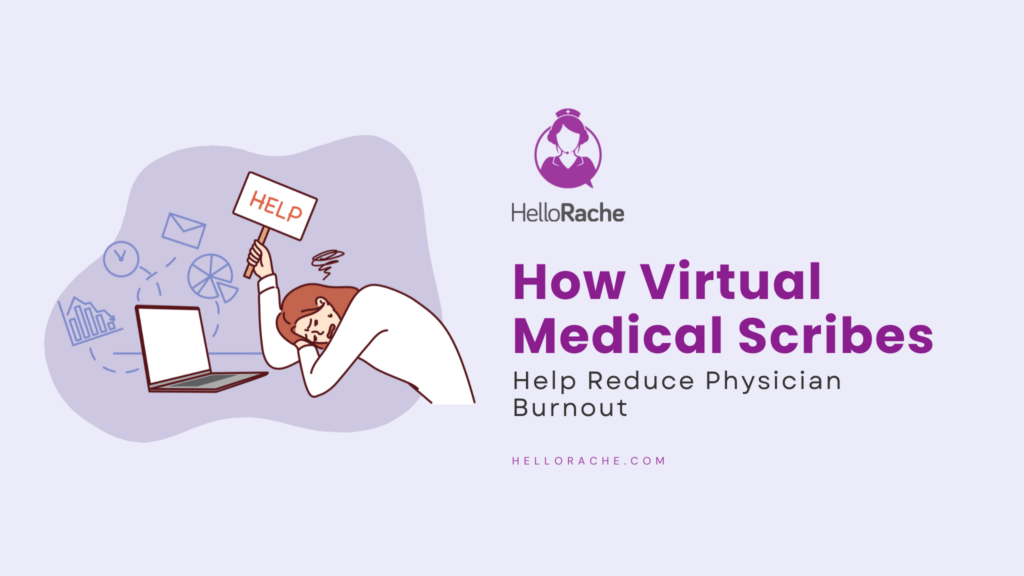Is your medical office considering implementing an electronic medical records (EMR) system but unsure where to start? You're not alone. Bringing an EMR system into a medical office can be daunting, but it can go smoothly with careful planning and execution.
Many medical professionals view EMRs as a necessary evil. They are often time-consuming to input data into and difficult to learn how to use. However, once you get past the learning curve, an EMR can be a valuable tool that saves time and increases efficiency in your medical office. This article will provide you with a step-by-step guide to creating an EMR implementation plan to make the transition to using an EMR system as smooth as possible.
What is EMR?
Electronic Medical Records (EMR) are the natural progression of patient care. Gone are the days of paper medical records, and gone are the days of misplaced records. EMR digitizes all the information and data that you would expect to find in a paper chart. EMRs are used to store and track patient health information, including demographics, diagnoses, medications, laboratory test results, and radiology images.
This type of information was traditionally stored in paper charts, which could be difficult to keep organized and up-to-date. With an EMR system, this information is readily available and can be easily transferred to other providers who are involved in the patient's care.

Contact Hello Rache to learn more about how virtual scribe services can help with the EMR implementation process at your practice.
Why Implement an EMR?
Though it may seem like a lot of work to implement an EMR system, there are numerous advantages that make it worth the effort. From healthcare organizations to individual providers, everyone stands to gain from using a medical record implementation system.
According to data from 2021, 86% of non-federal general acute care hospitals had adopted an electronic health records system to maintain the medical history of their patient base. With these results, it's clear that EMRs are the future of healthcare.
There are many reasons why your office staff might want to implement an EMR system in your clinical practice. Perhaps you're tired of dealing with the hassle of paper charts. Or maybe you want to be able to access your patients' records from anywhere, at any time.
Nearly every type of medical facility can benefit from having an EMR implementation plan. Small practices, large practices, primary care physicians, specialists, hospitals, and even home healthcare providers can all use EMRs to improve the quality of patient care.

One of the biggest benefits of using an EMR is that it gives you the ability to share patient details with other providers quickly and easily. This is incredibly important in cases where a patient is seen by multiple specialists or needs to be hospitalized. With an EMR, all providers involved in a patient's care can access the same up-to-date information.
In addition to electronic medical records, Healthcare Virtual Assistants can help you transform the efficiency of your medical office. They can assist with a variety of tasks, from setting up appointments to handling customer service inquiries. Hello Rache offers a variety of virtual assistant services to help you with your EMR implementation plan.
Learn the EMR Implementation Process
There are a few key factors to understand before planning your EMR implementation. First, there are two types of EMRs: cloud-based EMR and server-based EMR. Server-based EMRs are installed on your office's computers, while cloud-based EMRs are hosted by a third party and accessed via the internet.
Both types of EMRs have their own set of pros and cons, so it's crucial to do your research to decide which type is right for your office. Here are some additional details on each type of EMR:
Cloud-Based EMR: Cloud technology has become increasingly popular in recent years and makes sense for businesses. This approach to EMR involves a third-party provider hosting your practice’s data on an off-site server.
Thanks to technological advances, this provider can be based anywhere across the globe. All you need to access your information is a secure internet connection. All backups and security protocols are taken care of by your cloud provider to ensure peace of mind that your data is secure.
Server-Based EMR: The main alternative to cloud-based EMR involves keeping your data housed on an in-house server. The data is kept on-site, and the hardware that houses it can be customized to your precise needs, as can your backup methods and security.
The main benefit of server-based EMR is that you do not need an internet connection to access it. Therefore, in the case of power outages or connection issues, you can still access your data when you’re on site.

With nearly 72% of office-based physicians utilizing electronic health records, it’s important to understand the EMR implementation process and options available to your medical practice if you haven’t already made the switch.
EMR Implementation and Healthcare Virtual Assistants
The EMR implementation process can be time-consuming and difficult to learn. However, once you get past the learning curve, an EMR can be a valuable tool that saves time and increases efficiency in your medical office.
A Healthcare Virtual Assistant from Hello Rache can be a valuable asset during the EMR implementation process. Healthcare virtual assistants are trained in medical terminology and can handle a variety of tasks, including data entry, appointment scheduling, and customer service.

While alone this won’t guarantee a successful EMR implementation, they can help make the process easier for your office staff, and boost the efficiency of your practice overall.
Transform Your medical practice
Implementing an EMR system is a significant change, but it doesn’t have to be stressful. With proper planning and the help of a healthcare virtual assistant, you can make the transition to using an EMR system as smooth as possible. A Healthcare Virtual Assistant can help you transform your medical practice and how you provide patient care.
If you are ready to streamline your medical practice with the help of an EMR system, fill out the Hello Rache contact form to get started. From Healthcare Virtual Assistants to expert support, you can take your medical practice to the next level.




